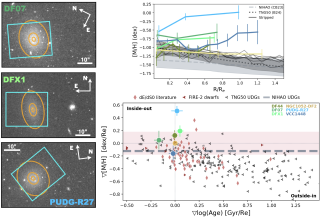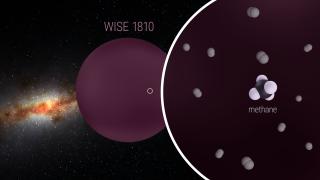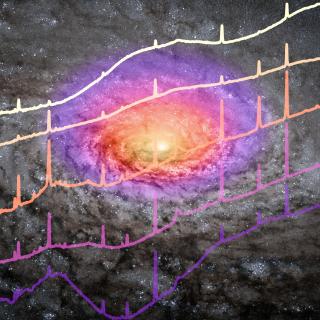Remolinos en el Sol.
Investigadores del IAC y de la Universidad de Valencia han descubierto remolinos en el Sol semejantes al que forma el agua alrededor del desagüe al quitar el tapón de la bañera de casa. Tienen el tamaño de los huracanes terrestres y, hasta la fecha, nadie los había observado. Su detección confirma una predicción específica de los modelos teóricos de convección solar.
El descubrimiento fue posible gracias a las observaciones con el Telescopio Solar Sueco, ubicado en el Observatorio del Roque de los Muchachos de La Palma. Este telescopio es único por su capacidad de captar las estructuras solares con detalle sin precedentes. El hallazgo que afianza la teoría de convección solar, usada como herramienta dentro y fuera del ámbito de la física solar.


